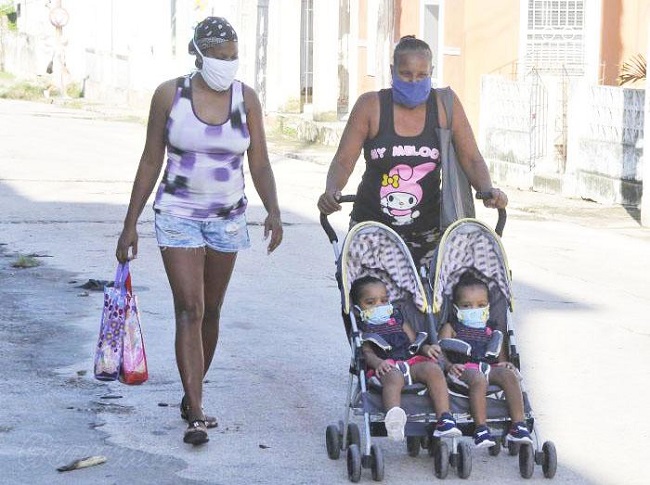Dr. Antonio Aja, director for the last 15 years of the Center for Demographic Studies of the University of Havana (CEDEM), said so in an interview granted last month to the Technical Youth magazine:
“(…) Sociodemographic studies play a fundamental role in a country like this, because they provide data, reflections and must add the proposals that the policy has to implement in this complex demographic scenario”.
And now, just around the corner – from April 1 to 30 – an important study of this type will take place on the Island: the National Fertility Survey (ENF), which will include people between 15 and 54 years of age. age of the entire national territory.
Preparatory seminars pay tribute to the reliable results of the 2022 National Fertility Survey. Photo. newspaper26.cu
The National Office of Statistics and Information (ONEI) and its Center for Population and Development Studies (Cepde) will be in charge of said survey, whose scientific results will be a very important compass in this Cuban landscape marked by a low birth rate, which does not ensure generational replacement.
With the support of the United Nations Population Fund (UNFPA) and the United Nations Children’s Fund (UNICEF), this survey will be the first to be carried out in Cuban households after the pandemic began, and will provide up-to-date information on decisions and reproductive expectations of men and women in our country, including adolescents.
Demographic dynamics are so decisive for any country that, on this Island, even in the midst of the Covid-19 gale, government actions have been implemented in this regard.
to stimulate birth
Among the actions to stimulate the birth rate, the construction and improvement of homes for mothers with three or more children under 12 years of age stands out, especially aimed at certain municipalities where the situation is most urgent.
Photo: Ismael Batista
Local governments have a direct responsibility in this task, whose verification has been verified during government visits, partisan, as well as other entities and instances.
In April 2020, the Granma newspaper reported about twenty measures to stimulate the birth rate. It was in the first quarter of that year when a natural decrease in the population was verified for the first time.
In a context of population decline, low fertility levels and high levels of aging, the Cuban president called for the search for efficient solutions and among the measures he mentioned greater care and protection for pregnant women, working mothers and fathers, as well as as well as families responsible for the care of minors.
In the Survey, an important training for this year’s Population and Housing Census, they will use mobile devices to capture data and the enumerators will be identified with a vest. Photo: periodico26.cu
The draft of the new Family Code, which will be taken to a referendum after a broad popular consultation process, is also consistent with these efforts.
However, it is known that there are several reasons why storks do not fly from house to house in this region –as a symbol of the arrival of a baby. But it is also known that there is the absolute conviction that the demographic “is an issue that is becoming increasingly complex, because it is one of those that has the greatest impact on the present and future life of Cuba, on its economic and social development,” as the Cuban president assured.
Hence the importance of the National Fertility Survey that Cuba will carry out next April.







